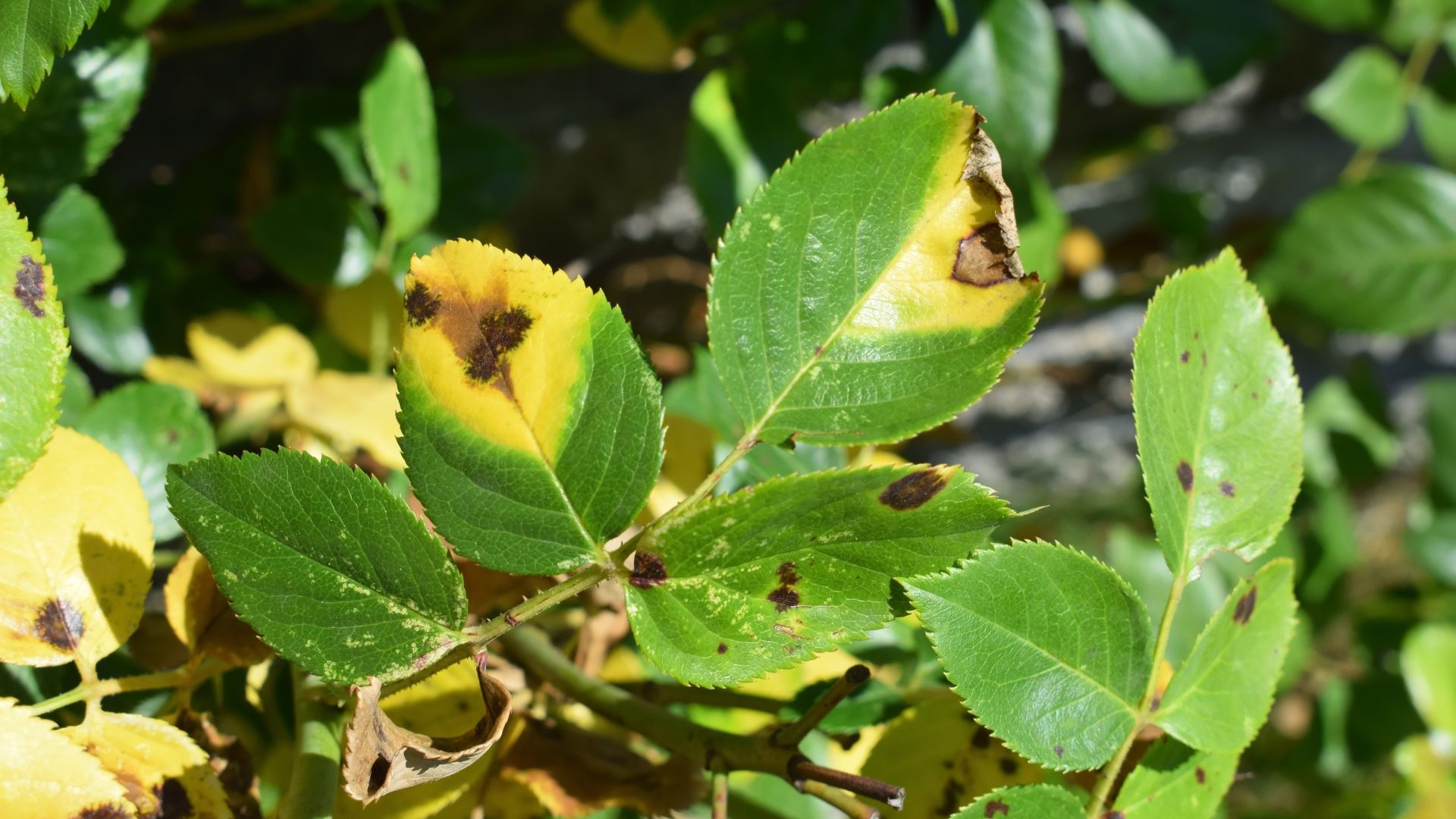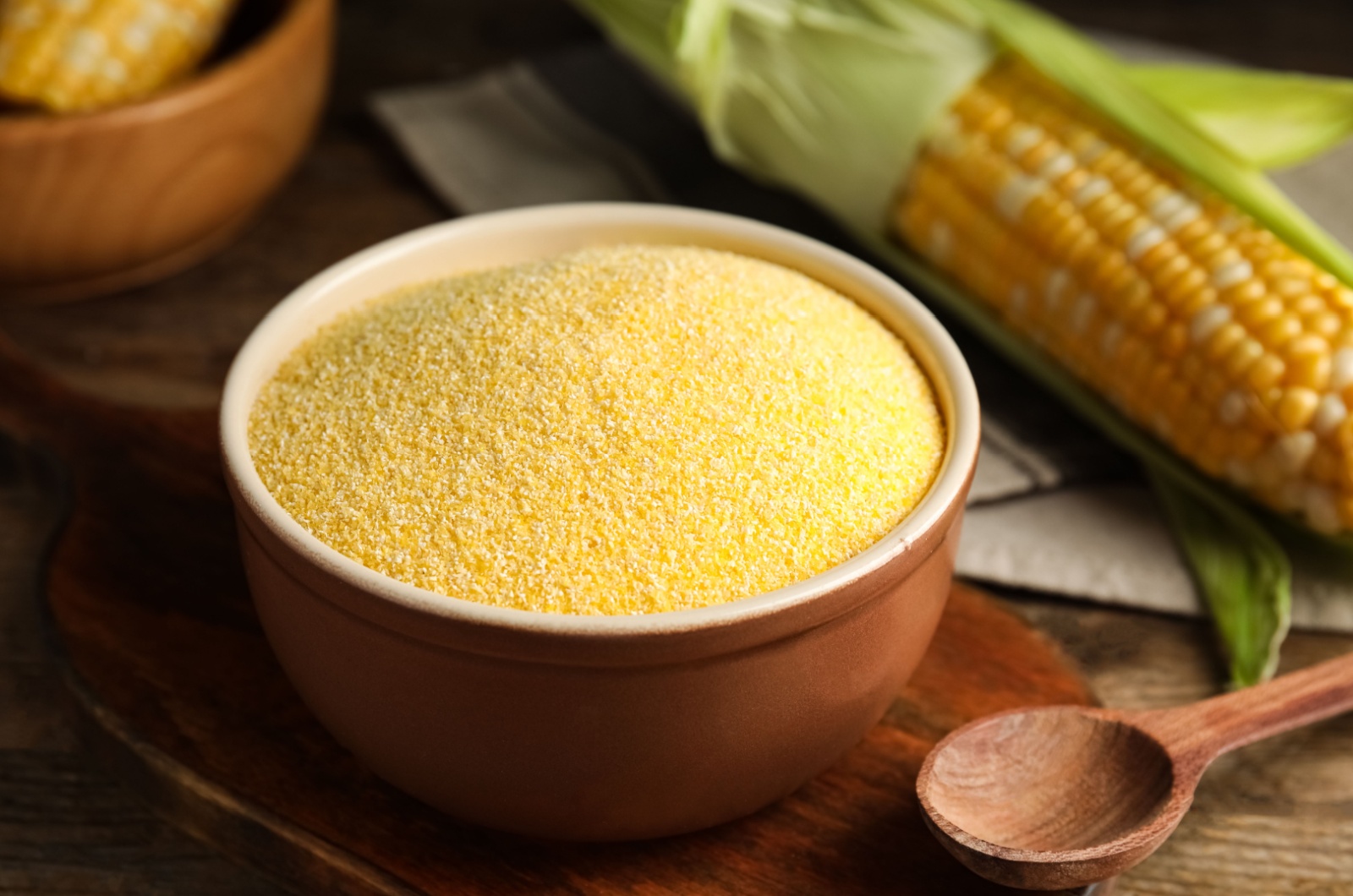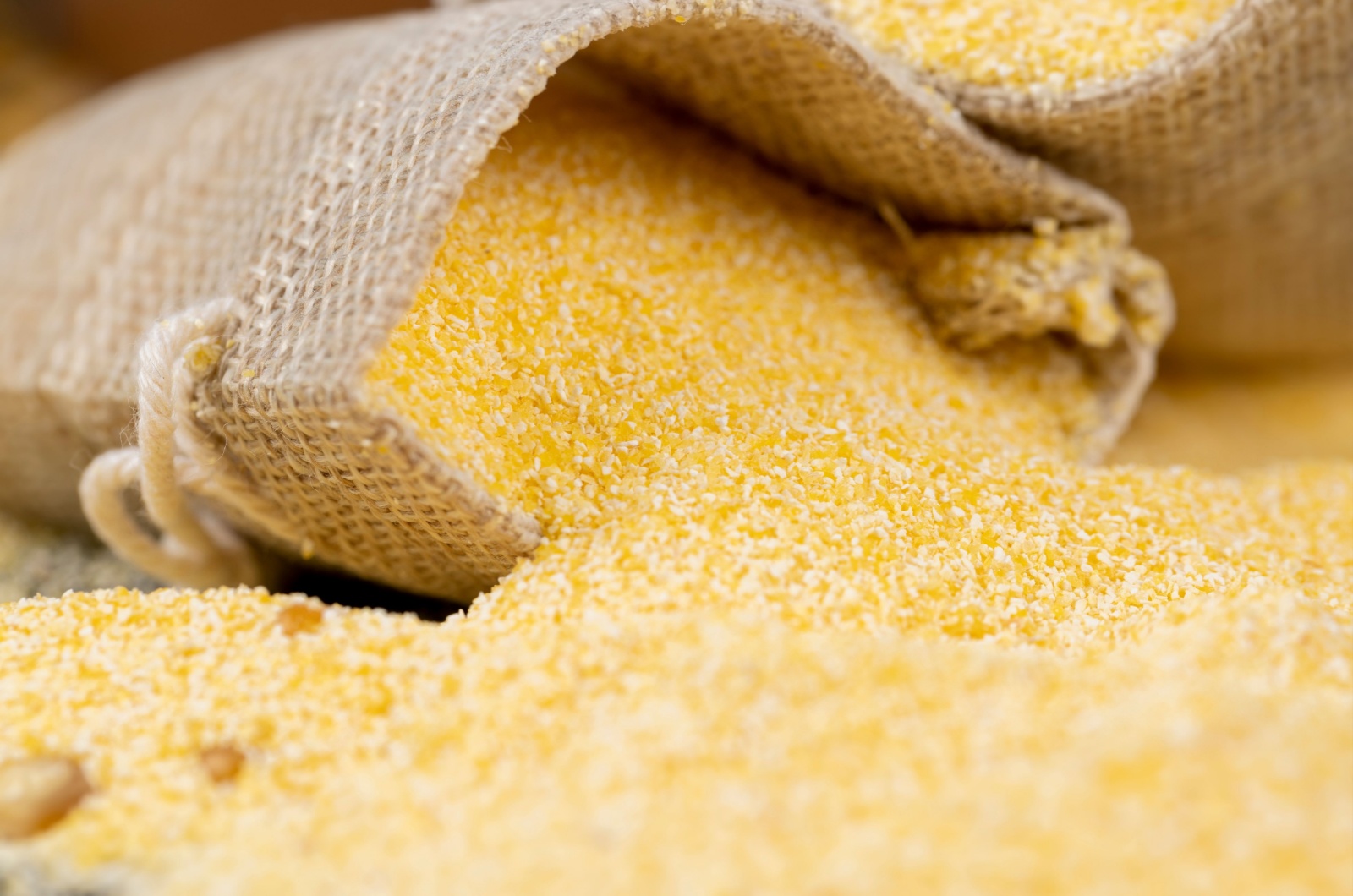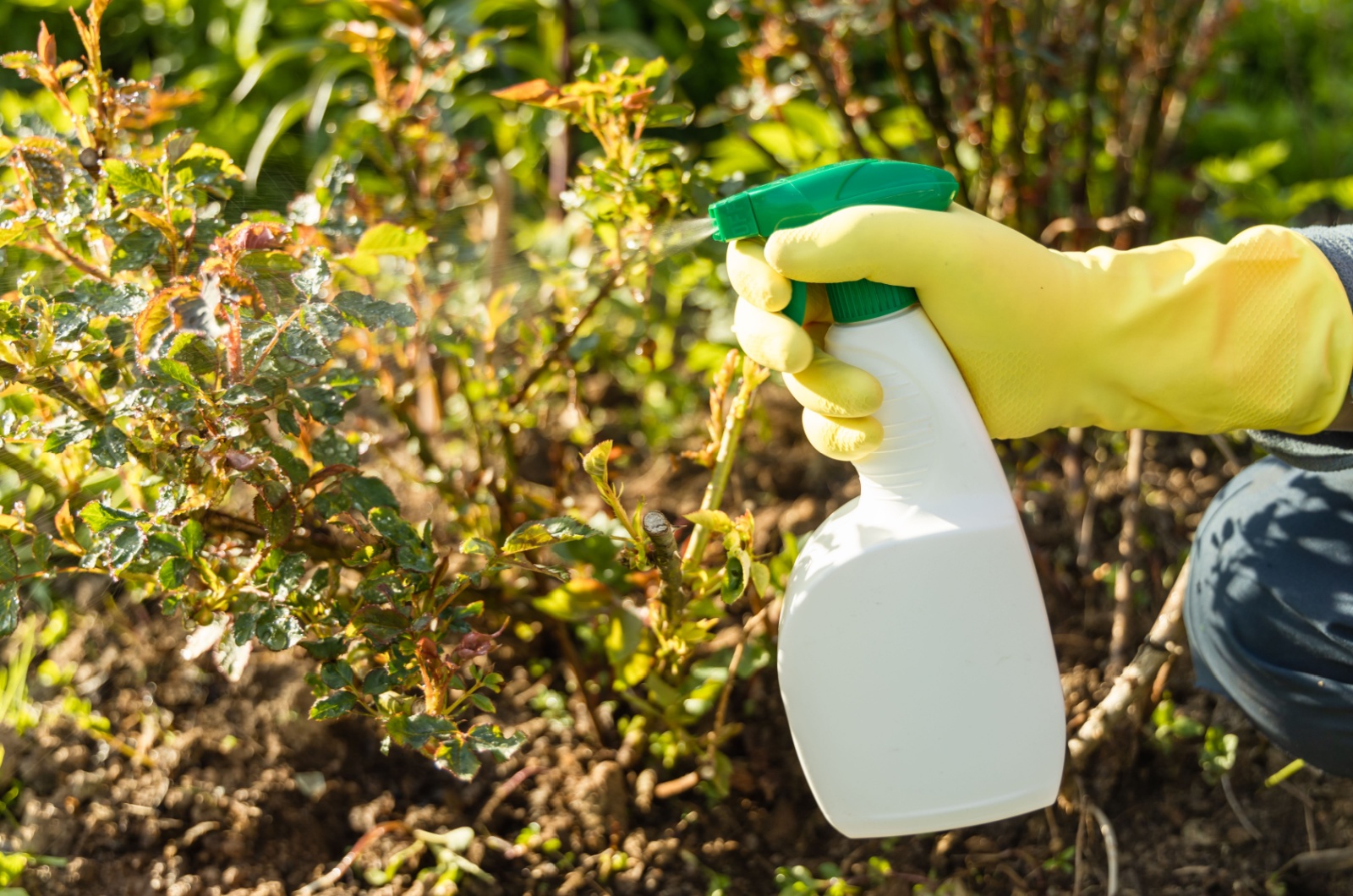Are your precious roses feeling under the weather? Have you noticed that they are looking unwell – with all those tiny black spots dotting their foliage, almost as if they’re on the brink of saying goodbye?
Well, there may be a diagnosis for this garden gloom, and it’s not pretty.
Ladies and gents, you just came face to face with the infamous black spot disease, and it’s attacking your precious roses!
But don’t start panicking yet, for there’s a secret remedy that some experts swear by – and it’s not something you’d expect.
Picture this: you’re rummaging through your pantry, searching for ingredients to whip up your grandma’s famous cornbread. And there it is, right in front of you – a humble bag of cornmeal, just waiting to be put to use.
Little did you know that this kitchen staple holds the key to tackling this cruel rose disease!
Cornmeal Being Your Silent Hero Is Anything But Corny
Yes, you heard that right! This kitchen staple isn’t just for baking delicious treats; it could hold the key to combating those stubborn black spots on your roses.
Let’s rewind a bit to the groundbreaking research conducted by Dr. Joe McFarland and his team at the Texas A&M Research Station: their innovative approach involved using cornmeal to cultivate a legion of fungi known as Trichoderma, which have a voracious appetite for garden pathogens.
Here’s where it gets interesting – these fungi, once activated with a simple watering, eagerly devour the harmful pathogens that plague our gardens. Talk about a natural, eco-friendly solution to a common problem!
But wait, there’s more to the story!
The Texas Organic Research Center reported promising results from using a cornmeal drench to combat fungal infections in majestic oak trees, further validating Dr. McFarland’s findings.
You need to be cautious, though, as cornmeal may indeed boost beneficial soil microbes, but it could unintentionally nourish harmful fungi – and we don’t want that.
What you need to do is consider all the factors before putting it to use. I know this extra little job isn’t exactly glamorous, but it’s better to be safe than sorry!
Also read: 2 Ways To Eliminate Weeds Around Your Roses Once And Forever
Do The Experiment Right In Your Own Garden
There’s no harm in giving it a whirl and doing the experiment on your own!
Now, you won’t need a labcoat for this sort of the experiment, you simply need to get your hands on some whole-ground cornmeal (also known as coarse-ground or horticultural cornmeal).
You’re even free to scour the aisles of Walmart or browse the virtual shelves of Maine Grains and hunt down the perfect grainy companion for your garden. You can simply get a 2.4-pound bag of organic yellow flint cornmeal for just $14.95 – a bargain fit for any budget-conscious gardener.
Or, if you’re feeling fancy, why not treat yourself to a three-pack of 5-pound bags of Kauffman Orchards coarse-ground cornmeal for just $49.99?
With your grainy treasure in hand, it’s time to roll up your sleeves and tackle that pesky fungus problem head-on!
The easiest way to apply cornmeal is to simply spread a handful of it around the base of your roses, just make sure to use it as buds start to appear in the spring.
Wondering how much you should apply?
Well, for larger areas, the recommended dosage is 2 to 50 pounds for every 100 square feet of garden, or roughly half a cup per plant.
But what you can also do is create a foliar spray “tea”and directly apply it to your plant:
• Just place one cup of cornmeal into an old sock or cheesecloth
• Soak it in 1 to 5 gallons of water
This mixture can also be used as a soil drench, and you can boost its effectiveness by adding compost tea, molasses, or wheat bran.
Keep in mind that this method serves as a preventive measure and won’t remove existing spots from the leaves.
Now, are you ready to become a scientist for the day and do this experiment all by yourself?
Sure this whole process may sound tricky and demanding, but I totally recommend you give it a shot. After all, isn’t gardening all about embracing the adventure and discovering new tricks of the trade?
And who knows, you might just uncover the secret to a blooming paradise right in your own backyard!
Also read: Follow These Easy Tips To Rid Your Roses Of Aphids And Keep Your Garden Blooming Beautifully




